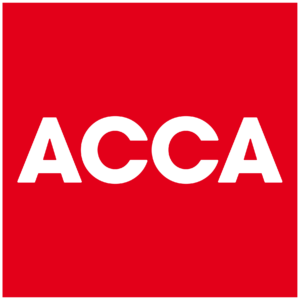Latest Industry News
In an unexpected move, the government recently announced that it will not be abolishing Class 2 national insurance contributions (NICs) during this Parliament. With this in mind, we provide an overview of the current NICs regime.
What are NICs?
NICs are a tax on earned income. Under the regime, income is divided into various classes, including Class 1 contributions, which are payable on earnings from employment, and Class 2 and 4 contributions, which apply to the profits of self-employed individuals.
Who must pay NICs?
Under the NICs regime, employees are required to pay Class 1 NICs on their earnings. Employers must pay a secondary contribution.
In 2018/19, employees need only pay NICs when their earnings exceed the £162 per week ‘primary threshold’. The amount payable is 12% of the earnings above this threshold, up to the Upper Earnings Limit (UEL) of £892 per week. An additional 2% charge applies for weekly earnings above the UEL.
Employers are required to pay secondary contributions of 13.8% of earnings above the £162 per week ‘secondary threshold’. No upper limit exists for employer contributions.
For employees aged under 21, employer NICs are reduced from 13.8% to 0%: however, the worker must be aged under 21 when the earnings are paid for this rate to apply. Similarly, employer NICs are reduced to 0% for apprentices aged under 25 who earn less than the Upper Secondary Threshold (UST) of £892 per week (2018/19).
NICs and the self-employed
Depending on their profits, self-employed individuals are required to pay Class 2 and Class 4 NICs. However, special rules apply to those in specific jobs (such as invigilators, ministers of religion who do not receive a stipend and people who run land or property businesses).
The self-employed pay a flat rate Class 2 contribution, alongside a variable amount based on the business’s taxable profits (Class 4). Class 2 NICs are usually collected as part of the final self assessment payment. Those with profits below the £6,205 Small Profits Threshold are not required to pay Class 2 NICs, but can do so voluntarily.
In 2018/19, Class 4 NICs are payable at 9% on profits between £8,424 and £46,350, with an additional 2% added on profits above this amount.
Abolition of Class 2 NICs
In September 2018, the government announced that the planned abolition of Class 2 NICs will now not take place during this Parliament. Former Chancellor George Osborne originally announced the tax cut during the 2016 Budget, and stated that abolishing Class 2 NICs would benefit an estimated 3.4 million self-employed workers.
Class 2 NICs were due to be abolished in April 2018, but in November 2017 the plans were put on hold until 6 April 2019.
Announcing its latest decision to scrap the plans entirely, the government cited the potential ‘negative impacts’ the abolition of Class 2 NICs could have on low-earners. It plans to keep the matter ‘under review’ in the context of the wider tax system.
Voluntary contributions
Some individuals may choose to pay Class 3 NICs at a rate of £14.65 per week (2018/19). These provide individuals with an entitlement to the State Pension, Bereavement Benefit, Maternity Allowance and contributory Employment and Support Allowance for self-employed workers.
As your accountants, we can help you in ensuring your business is compliant with the NIC regulations. Please contact us for more information.
For tailored advice on how to best manage your personal and business finances, get in touch with us today and find out about how CBHC can help you do more with your money.









